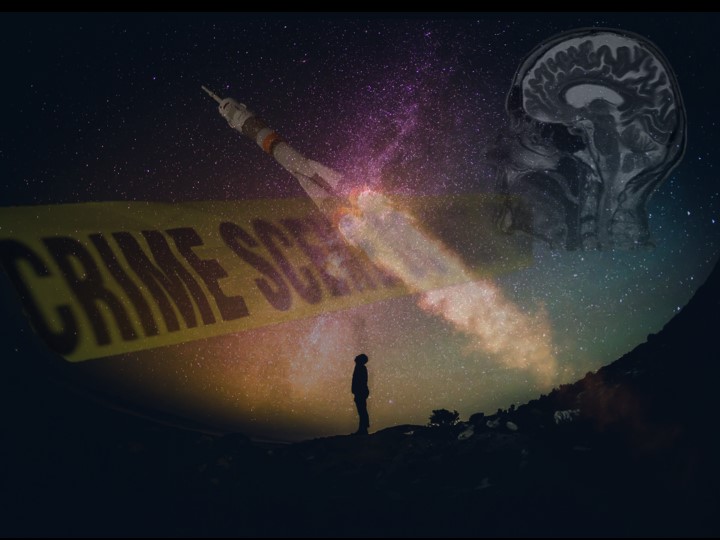Visualizing Chemistry. The Application of Chemical Imaging to Address Scientific Challenges in Space Research

Published 2018-09-24
Keywords
- Chemical imaging,
- forensic radiology,
- NASA,
- behavioral genetics,
- space research
How to Cite
Abstract
Chemical Imaging helps to answer difficult questions, especially when those questions occur in complex environments. For instance, forensic neuroradiology plays an important role in the courtroom to understand a defendant’s personality. But could this branch of science be essential in human exploration of space? Even if no emergency has happened so far, NASA established a partnership in 2002 with the U.S. National Institute of Justice to promote the knowledge of investigative techniques in the case of a crime being committed on a space mission. Based on forensic neuroradiology and behavioral genetics, this article presents a brand-new study protocol for creating security procedures designed to safeguard astronauts engaged in long-duration space travel. Since 2009 in Italy, some individuals have been prosecuted who, although convicted of murder, benefitted from reduced sentences through the verification of some genetic polymorphisms and Computed Axial Tomography (CAT), Positron Emission Tomography (PET), and functional Magnetic Resonance Imaging (fMRI) results which showed brain malformations that may produce manifestations of violence. The protocol specifically uses chemical imaging and behavioral genetics to show how cerebellar anomalies and biological markers predictive of criminal behavior can trigger impulsive reactions in response to stress. This protocol may prove critical when space agencies are evaluating candidates for extra-orbital flights of long duration.




